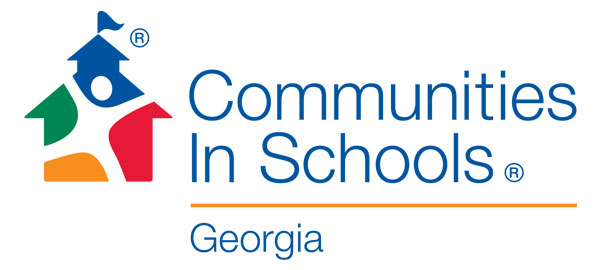The recent AJC cover story regarding the state report card defines in statistical detail the impact of poverty – actually the associated ills of poverty – on academic performance. Regardless of the measurement systems, we will not see optimum significant positive increases in academic performance until we confront and mitigate the impact of various forms of depravation overwhelming many of our children. Poverty can impact a students’ ability to attend school regularly and on time, complete assignments on time, and control anger about circumstances beyond their control. An SY2013 Georgia Department of Education study reported on school absences with more than 180,000 students missing 15 or more days from school; much greater numbers were absent 10 or more days. All of these factors detract from learning for the entire classes and schools and contribute to lower school scores mentioned in the article.
Blaming the schools and even blaming parents or others has not overcome the stressors facing children, nor does it free them to become good learners. Many of Georgia’s children – hundreds of thousands of them – come to school lacking the support system needed for them to be successful students. It is not that these children cannot learn. Rather, the day-to-day stressors form a barrier blocking much of the good work administered by our teachers. The tragic result: thousands of students unnecessarily falling behind academically, failing, and eventually dropping out of our schools.
The National Assessment of Educational Progress report card recently revealed stagnant scores for students in reading and math, while Child Trend’s latest research report provides information regarding how Integrated Student Support (ISS) services increase math achievement, student attendance and lower dropout rates. Moreover, the Child Trend research mentions that ISS programs are cost efficient and effective ways to provide solutions for children in poverty as it pertains to increasing academic achievement.
Communities In Schools (CIS) implements ISS services through a site coordinator model addressing both the academic and nonacademic needs of students who are not succeeding in school and headed toward the dropout pipeline. CIS combines the best of what we know works – a caring adult and the effective use of metrics and evidence-based strategies – to drive positive, measurable outcomes for the students they serve. That’s why AT&T has invested heavily in their programs and feel we’re getting a good return on our investments. The latest data available from the 2012-13 school year in Georgia showed that CIS at-risk students’ dropout rate was 14% lower than the states rate for all students.
What specifically can be done? We need more businesses and communities involved to help school districts increase school success and graduation rates. The community leadership must become more engaged in ways that add value and investment to education. We must look for more ways to get our employees involved with school districts and nonprofit organizations like Communities In Schools who are implementing ISS programs. Only then will we see instructional programs gain traction because children will be able to develop strong relationships with staff and trained volunteers. Working together to make a difference empowers our youth to focus on the wealth of learning opportunities schools provide, without the obstructing distractions of external social, community and family factors.
